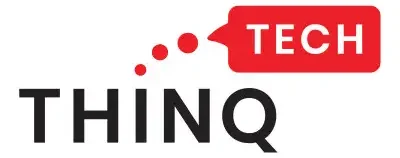“Is your IT team constantly stuck fighting fires?”
What’s the Cost of Reactive IT?
- Increased downtime and higher operational expenses
- Missed opportunities for innovation and optimization
- IT perceived as a cost center instead of a strategic enabler
But it doesn’t have to be this way. Proactive IT management transforms the IT department into a driving force for growth and success.
Introduction: The Shift from Reactive to Proactive IT
In many organizations, IT teams are often caught in a cycle of "fighting fires"—reacting to issues as they arise rather than preventing them. We refer to this as Reactive IT.
What is Reactive IT?
Reactive IT refers to a cultural and managerial approach where teams respond to issues only after they occur. This includes tasks such as troubleshooting sudden system outages, resolving unexpected user complaints, and addressing recurring technical issues without a long-term solution.

Image: Overwhelmed IT technician - symbolizes firefighting in IT
Reactive IT and Misalignment to Business Strategy
- Short-Term Fixes Over Long-Term Strategy: Sidelining initiatives like digital transformation.
- Lack of Proactive Collaboration: Rare engagement with business units to anticipate future needs.
- Resource Misallocation: Valuable resources wasted on urgent support rather than innovation.
- Reduced Value Delivery: IT is viewed as a cost center.
The Cost of Reactive IT Management
- Productivity Loss: Disruptions stall strategic work.
- Customer Experience Impact: Delays degrade service delivery.
- Employee Burnout: High-stress levels reduce morale.
- Missed Opportunities: Innovation is put on hold.

Image: Server downtime alert - shows impact of reactive management
Benefits of Proactive IT Management
Proactive IT management enables organizations to anticipate and mitigate issues before they impact operations.
- Rapid and Elastic Scalability
- Direct Linkage to Business Performance
- Reduced Risk and Security Breaches
- Improved Customer Experience
- Optimized Resource Utilization
- Fewer Outages
Barriers to Proactive IT and How to Overcome Them
While initial investment and expertise are often barriers, leveraging services like vCIO and managed IT providers help organizations shift efficiently to proactive models.

Image: vCIO-led strategy session - symbolizes proactive planning
Implementing Proactive Strategies
- Start with an Assessment – vCIO engagement
- Build Your IT Strategy – Create IT roadmap aligned with business goals
- Invest in Scalable Technologies – Cloud, automation, monitoring
- Optimize Your IT Delivery – Outsource support desk, focus internal teams
- Drive Continuous Improvement – Analyze performance and adopt innovation










